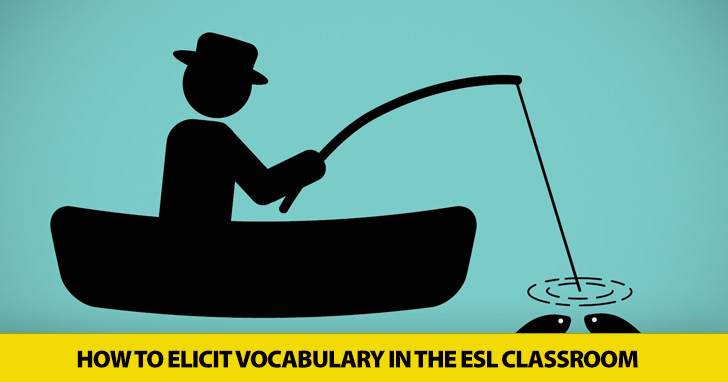How to Teach Present Simple to Complete Beginners


You have a lot of choice as to how you might convey this information to your students:
In all of these cases, though, something very important is missing. I’m a firm believer in learning by doing, in teaching English exclusively in English, and in making sure that our students are engaged participants, not passive recipients. For me, the problems are:
However, in your classroom, you have two outstanding sources of explanations which are far better than these old-fashioned methods. Firstly, there’s the students themselves. They might already know the word! You’ll only know if you ask, and there’s the secret:
Ask, Don’t Tell
Then, there’s the teacher. You have so many ways of presenting the word which are far better than a translation or a dictionary definition. Consider which you’d prefer: being sent to a dictionary, where all you find is a translation of the word (in an L2-L1 dictionary) or a potentially confusing explanation (in an L1-L1 version), or being engaged in a little puzzle by your teacher, the aim of which is to discover the meaning and usage of the word together.
Words learned in this way are more likely to be remembered - and I don’t mean ‘memorized’, but genuinely brought into the students’ active vocabulary, that family of words which they can use independently, and which should grow on a daily basis.
I’ve always felt that engaged learning of this type creates a better atmosphere, a noisier and more active classroom environment. Yes, for me, noisy is a good thing! It evinces language use (hopefully exclusively English!) and an engaged, focused group enjoying the learning process.There is also the sense of achievement: “We weren’t simply given this word by the teacher; we found it ourselves!”

There is a type of classroom language oriented around eliciting vocabulary, structures , facts, opinions and concepts. The best teachers find themselves using this language all the time; they are constantly vigilant against lecturing, and many adopt a rule like this one, to which I have tried to stick for the last 15 years:
Don’t speak for more than 30 seconds without asking a question which requires a thoughtful answer.
Note that this doesn’t include closed (yes/no) questions. The application of this rule creates a learning environment in which the teacher needs constantly to be checking understanding, asking for details and eliciting words and ideas, and in which the students are engaged from the beginning of the class to the end, and most definitely during presentation.
| Teacher: | “Guys, tell me the names of some of those ‘spy’ organizations. What’s the name of the famous American one? The people who work at Langley? |
| Students: | The CIA! |
| Teacher: | Good. And the British one? Where James Bond works? |
| Students: | MI5 / MI6 |
| Teacher: | (Could clarify the difference, but it’s not too important now). Nice! So, these are secret organizations, right? |
| Students | Yes! |
| Teacher: | Anyone know another word for an organization that’s secret? When nobody knows what they’re doing? |
| Students: | (Thinking) Stealthy? / Under cover? / Black ops? |
| Teacher: | Great ideas, guys. I’m thinking of this: Clandestine organizations (writes the word on the board, making sure the students are writing it in their books, and then drills for the difficult ‘cl’ consonant cluster). |
| Teacher: | If people are really bored, what do they do? |
| Students: | Sleep? |
| Teacher: | Perhaps, but what about before sleeping? |
| Students: | (Miming staring into the distance) |
| Teacher: | (Seeing an opportunity) Yes, they get distracted (writes this up). What else? (Either wait for someone to mime a yawn, or gesture one themselves) |
| Teacher: | Tell me the opposite of ‘beautiful’. |
| Students: | Erm… not beautiful? |
| Teacher: | (laughs) Sure, but how about a word beginning with ‘U’? |
| Students: | Un-beautiful? |
| Teacher: | Good guess… Try ‘ugly’. (Writes on board and drills) |
I’ve always believed that this simple method is far more interesting than simply standing in front of the students and intoning, “The opposite of beautiful is ‘ugly’. And if we’re bored we ‘yawn’. Do you understand?”
Your students will respond to being asked and engaged, and feel good to be genuinely participating in the learning process.